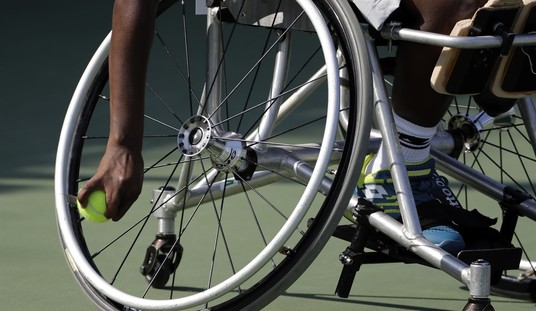Damn solid stuff from Dexter Filkins in the New York Times:
In nearly every military and diplomatic realm, the American effort in Iraq is finally beginning to show the careful planning and concentrated thinking that seemed to vanish the moment American troops entered Baghdad on April 9, 2003. We’ve heard progress reports in the past, of course, and they have often preceded a stunning setback. But what is new is the level of sophistication that Americans are bringing to their work, and the intensity of their engagement across so many fronts.
A more subtle response to the insurgency was a long time in the making. American generals were caught flat-footed by the resistance that bloomed in 2003; they didn’t plan for it, and they had no playbook to fight it. The result in the field often amounted to a war of attrition, which was designed to kill and capture as many insurgents as possible but which ended up alienating Iraqi civilians. These days, however, the military is making new efforts to help local Iraqis feel safe and secure in their homes. The two top American commanders, Gen. George Casey and Lt. Gen. Peter Chiarelli, are proponents of placing far less emphasis on killing guerrillas and much more on working with the locals. In Baghdad, General Casey has set up a local counterinsurgency school, through which American officers must pass before they can head into the field. Find an American officer these days, and he is likely to tell you about the police officers he is supervising or the local council he’s helping to set up.
Read the whole thing, please.
Yes, there’s plenty to complain about the Bush/Rumsfeld “peace” plan of 2003. Even taking the VodkaPundit Corollary into account (“no peace plan survives the last battle”), we simply didn’t have enough troops on the ground or even any idea what we would face.
It’s nice to know that at long last, things are changing.









Join the conversation as a VIP Member